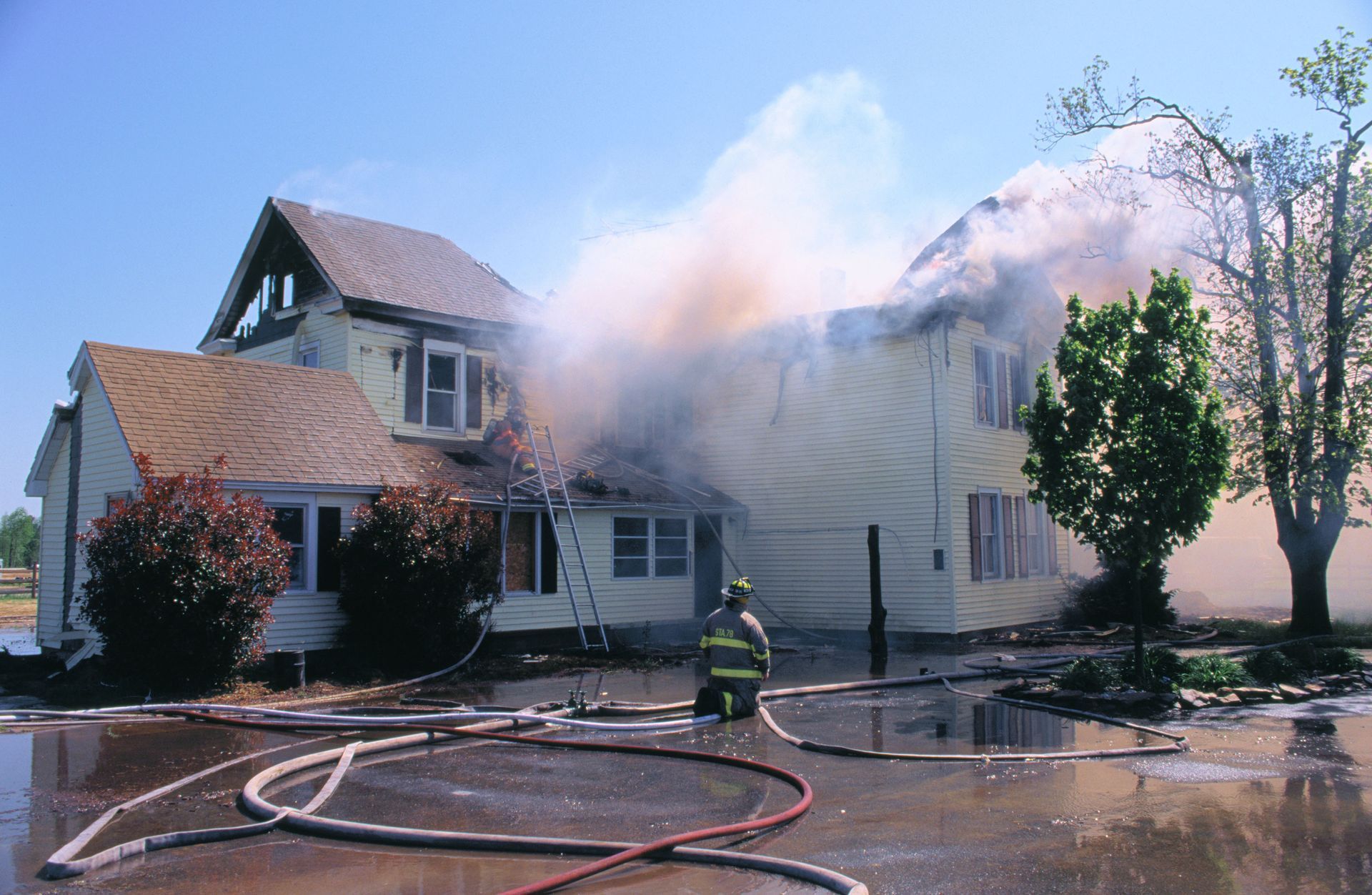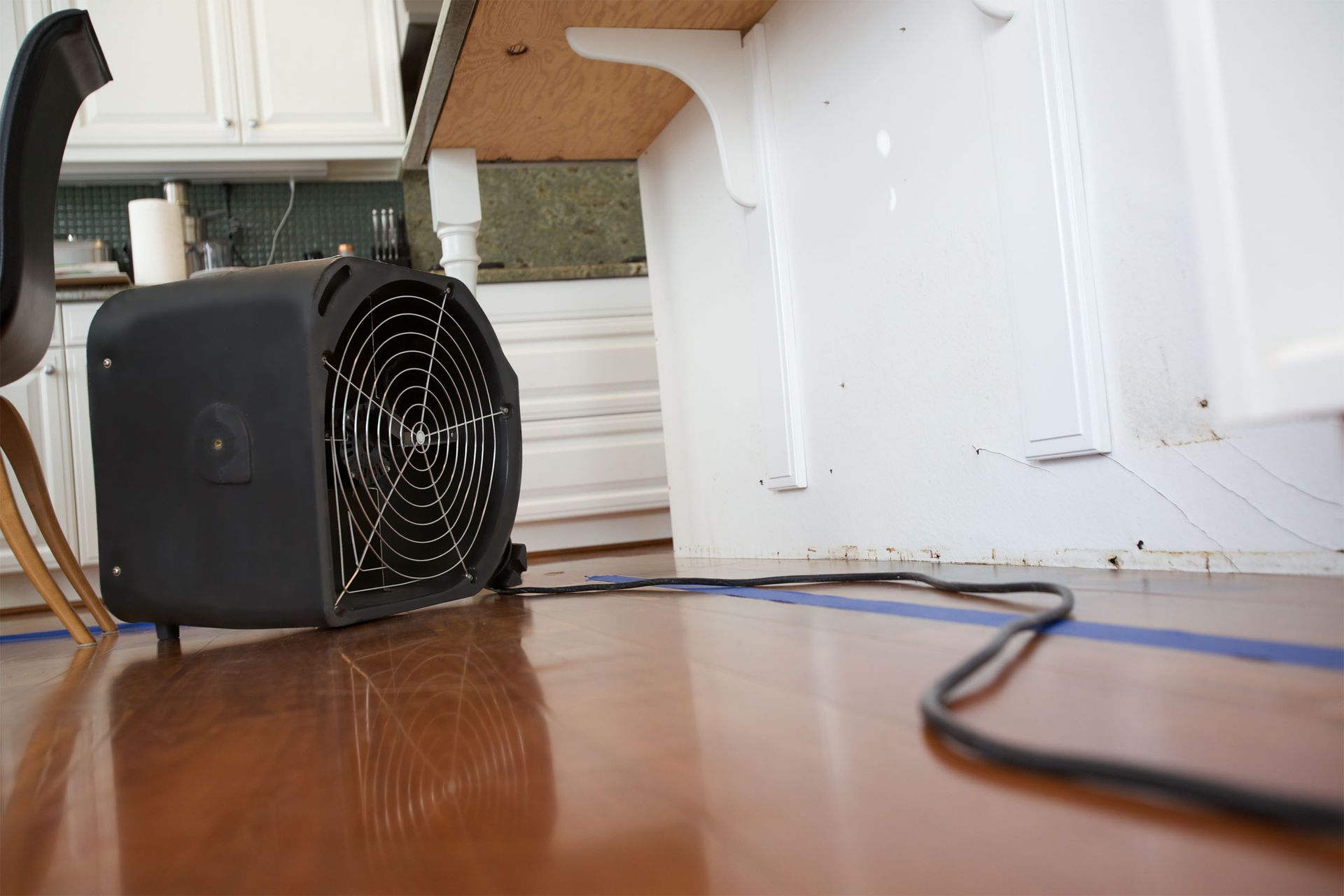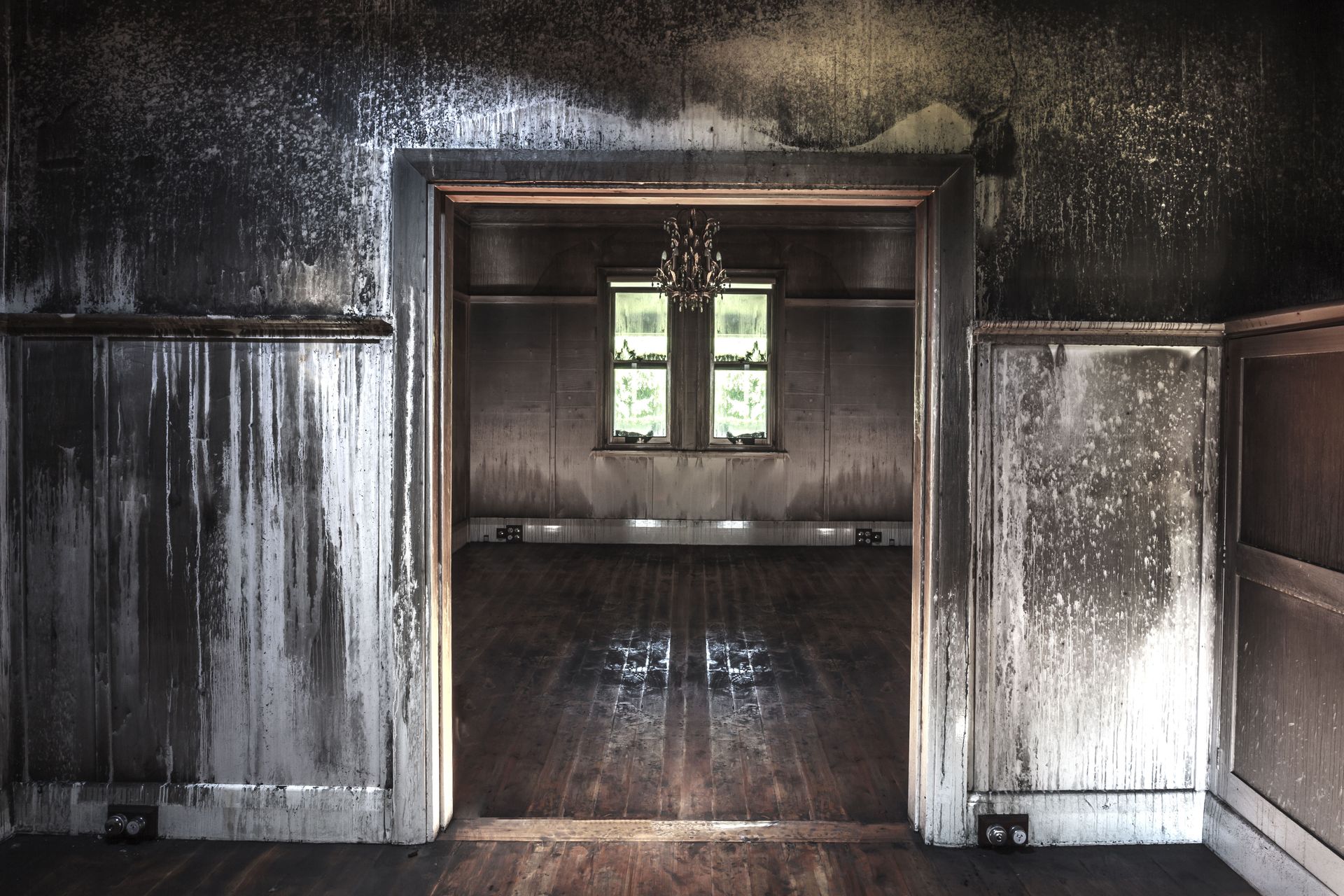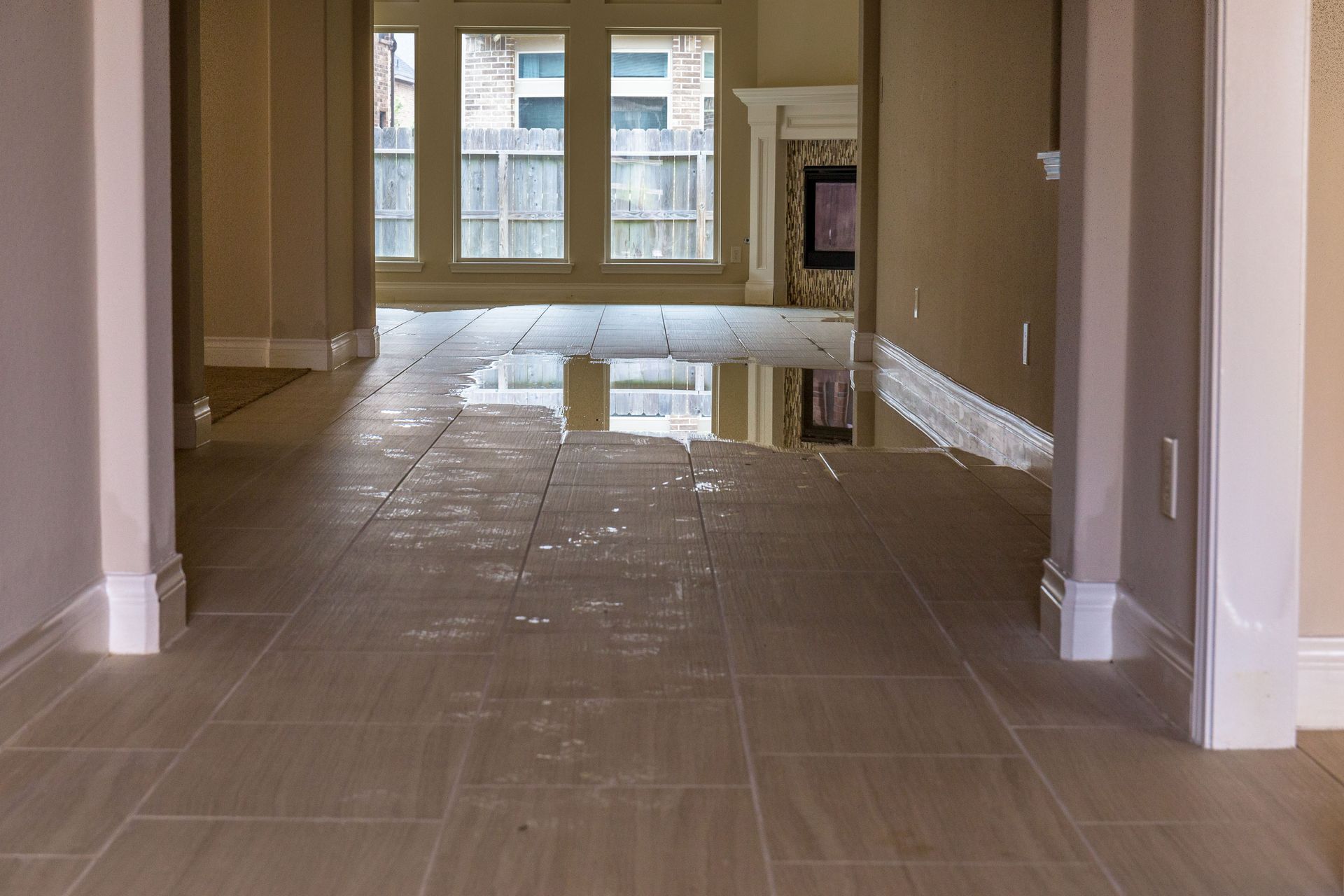After the Inferno: Steps Involved in Fire Damage Restoration
When the flames have been extinguished and the emergency vehicles pull away, it may seem like the worst is behind you. However, for those affected by a fire, the journey to recovery is only just beginning. Fire damage restoration is a comprehensive process that involves several critical steps to ensure that your property is cleaned, repaired, and restored as safely and efficiently as possible. In this blog, we'll delve into the key stages of fire damage restoration to help you understand what to expect and prepare effectively. Knowing what lies ahead can reduce stress and help you make informed decisions during this challenging time.
1. Conducting the Initial Assessment and Safety Inspection
The first and foremost task in fire damage restoration is conducting a thorough assessment of the damage. Restoration experts will evaluate the extent of the fire, smoke, and water damage to determine the best course of action. During this stage, safety is paramount; professionals check for structural integrity issues and potential hazards, such as electrical damage, to ensure the area is safe to work in. This initial assessment lays the foundation for a tailored restoration plan. Documenting this stage also provides valuable information for insurance claims and future repairs.
2. Securing the Property
Once the assessment is complete and the site is deemed safe, the next step is to secure the property. This step involves boarding up windows and doors, covering roofs with tarps, and taking other measures to prevent further damage from environmental elements or vandalism. By taking these precautions, restoration workers ensure that the situation doesn’t worsen and that the home remains as intact as possible during the restoration process. Swift action during this stage can significantly reduce overall restoration costs and timelines.
3. Performing Water Removal and Drying
Ironically, after a fire, one of the most pressing needs can be water removal. Immediate water extraction is crucial to prevent further damage and mold growth. Industrial-grade dehumidifiers and fans are employed to dry the affected areas thoroughly. This process is essential to maintain the structural integrity of the building and to prevent secondary damage from occurring. Addressing moisture promptly also improves indoor air quality and reduces lingering odors. According to Einhorn Insurance Agency, most house fires tend to burn between 1,000 and 2,000 degrees Fahrenheit, but firefighting efforts often involve large amounts of water, which can saturate the building and its contents.
4. Performing Cleaning and Soot Removal
Cleaning up after a fire is no small feat. Fires produce smoke and soot that can coat surfaces and penetrate porous materials. Specially formulated cleaning agents and equipment are used to remove these residues from walls, ceilings, and other surfaces. This step can be especially challenging given that most house fires burn between 1,000 and 2,000 degrees Fahrenheit, causing deep-seated soot deposits that require professional expertise to eliminate. Without proper cleaning, the soot and smoke can continue to cause damage and pose health risks. Thorough cleaning not only restores the appearance of your home but also prevents harmful particles from circulating through the air.
5. Completing the Restoration and Repair
The final phase of fire damage restoration involves repairing and rebuilding the damaged areas. This could range from replacing drywall and repainting to more extensive reconstruction of sections of the home. Skilled tradespeople work to restore the property to its pre-loss condition, addressing all structural, cosmetic, and functional aspects. Personal belongings that have been salvaged are cleaned, deodorized, and, if possible, restored. The goal of this step is not only to rebuild what was lost but to help families and individuals regain a sense of normalcy and comfort in their homes. Professional guidance during this phase ensures high-quality results and helps prevent future issues.
Overcoming the aftermath of a fire is an extensive journey that demands patience, diligence, and professional support. From conducting initial assessments to restoring and repairing affected areas, each step in fire damage restoration is vital to ensure safety and return the property to its former glory. Understanding the process and engaging with experienced professionals can make all the difference in navigating the challenges that follow a fire. In the aftermath of destruction, quick and informed action is key to reclaiming a safe and welcoming living space. With the right team by your side, rebuilding becomes a structured, manageable process rather than an overwhelming task. Are you a victim of fire damage? Contact Preferred Choice Restoration; they're here to help.







Share On: